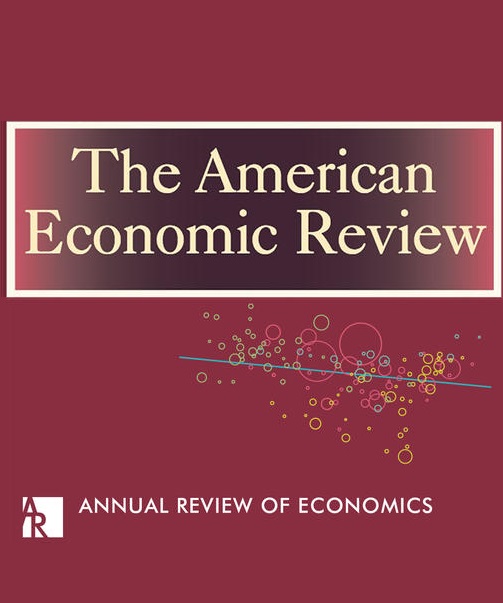国际价格体系的均衡模型
IF 11.6
1区 经济学
Q1 ECONOMICS
引用次数: 0
摘要
如何解释美元在世界贸易中的核心作用?美元未来还会保持其主导地位吗?本文开发了一个具有内生货币选择的定量一般均衡框架,可以解决这些问题。企业之间价格设定和投入产出联系的互补性产生了货币选择的互补性,使出口商协调使用同一种货币开具发票。美元更有可能扮演这一角色,因为美国经济规模庞大,广泛与美元挂钩,以及历史上对货币选择的依赖。使用世界投入产出表和汇率矩进行校准,该模型可以成功地复制有关全球、各国和各时期货币使用的关键经验事实。根据反事实分析,其他经济体盯住美元的做法确保了美元不太可能因为美国在世界经济中所占份额的下降而失去其全球地位,但如果美国经济受到负面冲击,美元可以被人民币取代。如果放弃联系汇率制,世界可能会进入一种多种地区货币并存的新平衡。(jel d21, e31, e42, f14, f31, f33)本文章由计算机程序翻译,如有差异,请以英文原文为准。
An Equilibrium Model of the International Price System
What explains the central role of the dollar in world trade? Will the US currency retain its dominant status in the future? This paper develops a quantitative general equilibrium framework with endogenous currency choice that can address these questions. Complementarities in price setting and input-output linkages across firms generate complementarities in currency choice making exporters coordinate on the same currency of invoicing. The dollar is more likely to play this role because of the large size of the US economy, a widespread peg to the dollar, and the history dependence in currency choice. Calibrated using the world input-output tables and exchange rate moments, the model can successfully replicate the key empirical facts about the use of currencies at the global level, across countries, and over time. According to the counterfactual analysis, the peg to the dollar in other economies ensures that the US currency is unlikely to lose its global status because of the falling US share in the world economy, but can be replaced by the renminbi in case of a negative shock in the US economy. If the peg is abandoned, the world is likely to move to a new equilibrium with multiple regional currencies. (JEL D21, E31, E42, F14, F31, F33)
求助全文
通过发布文献求助,成功后即可免费获取论文全文。
去求助
来源期刊

American Economic Review
ECONOMICS-
CiteScore
18.60
自引率
2.80%
发文量
122
期刊介绍:
The American Economic Review (AER) stands as a prestigious general-interest economics journal. Founded in 1911, it holds the distinction of being one of the nation's oldest and most esteemed scholarly journals in economics. With a commitment to academic excellence, the AER releases 12 issues annually, featuring articles that span a wide spectrum of economic topics.
 求助内容:
求助内容: 应助结果提醒方式:
应助结果提醒方式:


